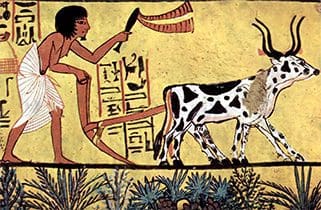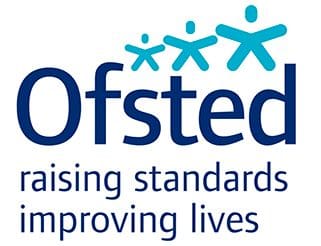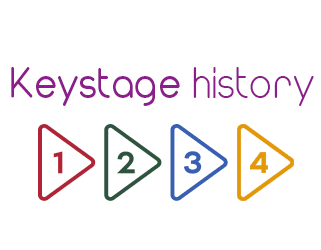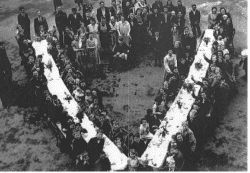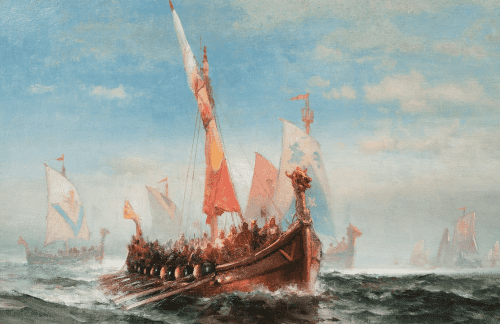
Subject knowledge is vital for any KS2 teacher. You can rely on this website to provide not only the background knowledge you need but also the key learning activities that develop historical understanding. One of the main lessons to be learned as pupils progress through KS2 is that there are conflicting historical interpretations of people and events from the past. Much of History is contested. If we take the Vikings for example, we see a recent TV series depicting them as taking pleasure in splitting the skulls of clergy. But is that view accurate? The lesson on this website which was graded outstanding by OFSTED many times helps pupils to deal with this key issue. You can find it here.
Latest historical research has proved that this lesson is really spot on. The Vikings simply had worse ‘press coverage’ by frustrated English monks who bemoaned their attacks.
A Danish academic now alleges that the Saxon invaders who came to our shores 400 years earlier were actually oppressed and terrorised the population in a far worse manner. Anglo-Saxon rulers, he alleges, imposed different laws on their own people. They even eradicated much of the Celtic language . The Vikings, he claims, far from driving people out as the Saxons did (towards Wales and Brittany), actually intermarried with the Anglo-Saxons thereby giving us words such as bairn for child. This fits with the view today that the Scandinavians are more tolerant.
The academic’s depiction of the Anglo-Saxons as worse that the Vikings fits with accounts from 6th century writers such as the monk Gildas, who described the Saxon invaders as “like wolves in a sheep fold” and a “race hateful both to God and men”.
Not all historians will agree with this Danish research, pointing out that the Saxons also intermarried (with the Britons) and did, in fact, have Celtic names e.g. Cerdic that indicate a British origin.
The argument will long continue. History is just one long conversation with the past, not a single story to be swallowed whole without question.

